Pregnancy Chiropractor in West Sacramento, CA
Specialized Techniques
A holistic approach to common conditions during pregnancy!
Chiropractic care is a safe, effective practice during pregnancy. Not only can pregnancy chiropractic care help manage pain in your back, hips, and joints, it can also restore pelvic balance that can provide your baby with as much space as possible over the course of your pregnancy. This may lead to a faster, easier labor and delivery for both mom and baby!
“Dr. Tim at Maximize Chiropractic helped me so much during my pregnancy. I saw Tim for the Webster technique, which allowed me to have the birth I wanted. I’ve been to other offices in the area, Dr. Tim is the only specialist I trust. Thank you so much Maximize Chiropractic”
- Patient H. Morris
International Chiropractic Pediatric Association
As a proud member of the ICPA, Dr. Tim provides a holistic approach to your family wellness.
ICPA practitioners provide quality chiropractic care which are specific to children, (including infants) and pregnant women
Useful Links:
ICPA Website | Certification | ICPA Mission | Chiropractic for Children
Pregnancy Expertise and Understanding
The Webster Technique
Clinic Director Dr. Tim Nicholl is currently certified in The Webster Technique by the ICPA. The Webster Technique is a specialized chiropractic adjustment for pregnant mothers. Working to correct sacral subluxations, this technique balances pelvic muscles and ligaments in the woman's pelvis, removes constraint and allows the baby to get into the best possible position for birth. Because of its ability to facilitate easier, safer deliveries for both the mother and baby, many birth care providers are actively seeking Doctors of Chiropractic with expert skills within this technique.
Benefits of Pregnancy Chiropractic Care
More comfortable pregnancy and delivery
50% reduced need for pain medication
24% - 39% faster than average labor time
84% of women report relief of back pain during pregnancy
Significantly less likelihood of back labor
(contractions and sharp pain felt in the lower back during labor)Significantly reduced utilization of epidurals, forceps, vacuum extraction,
episiotomies, and Cesarean sectionsReduced likelihood of postpartum depression




